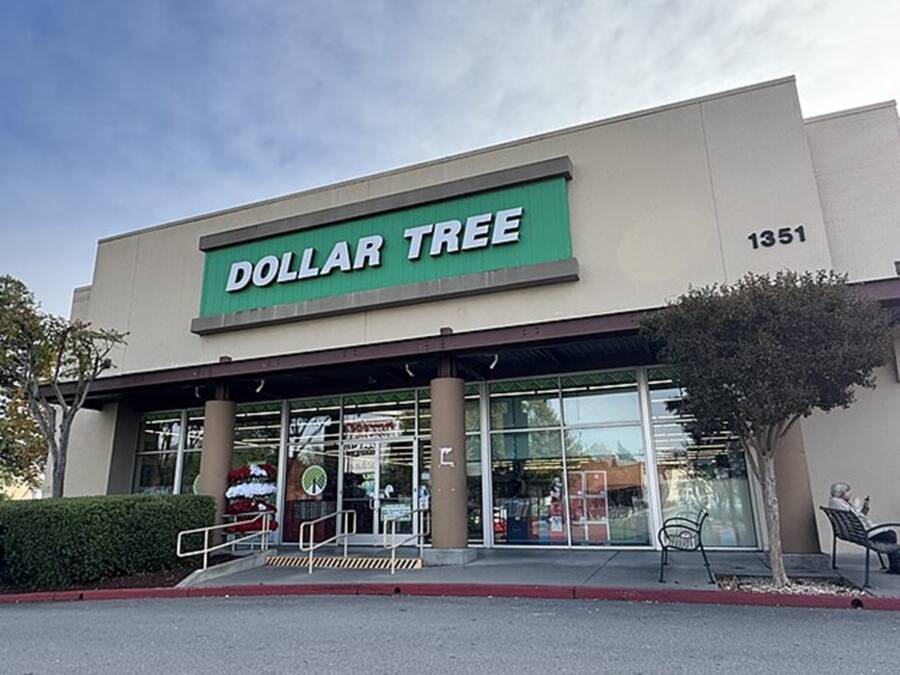Choosing the cheapest options is a great way to save money, right? Not always. In fact, extreme frugality can sometimes cost you more in the long run. You get what you pay for is an old saying for a reason, after all.
Although there are times when being frugal makes sense, in some cases, it’s worth shelling out a little more. We spoke to some personal finance experts on the matter, and they agreed that purchasing quality items or services is one of the top ways to save money.
When you’re trying to reduce costs, it can be very tempting to trim your budget to the bone by opting for the cheapest choice available. Unfortunately, extreme frugality can lead to financial folly.
Without further ado, here are some examples of how being cheap could cost you!

1. Purchasing a used car without doing research
No. 1 on our list of cases where extreme frugality isn’t the best solution is when you purchase a pre-owned car without doing research. According to recent data, the average price people pay for a new non-luxury car is around $44,000. So, buying a used vehicle can make a lot of sense financially. However, purchasing a pre-owned one without doing your due research can cost you.
This is because not all used cars are equal. For example, car experts recommend looking into the average repair costs and recall history of a vehicle, as well as avoiding cars from discontinued brands like Suzuki or Saab.
In other words, when it comes to purchasing a car, extreme frugality isn’t always the best decision.
2. Replacing cable with too many streaming services
Although cutting the cable cord can save you money, extreme frugality may end up making you spend more cash in the end. That’s because the cost of TV streaming services can add up without you even realizing it.
Originally, many people replaced satellite or cable with Netflix. But the popular streaming service is now far from the only game in town. The streaming market is also becoming increasingly segmented.
According to recent data, one-quarter of American households subscribe to nine or even more streaming services. Before you know it, the total cost of the streaming services you’re paying for can rival your old TV bill.
So, depending on what you watch the most, pairing a traditional TV subscription with limited streaming subscriptions may cost less. Crunch the numbers!
3. Skipping routine medical appointments
Another case where extreme frugality won’t benefit you at all is when you ignore health care just to save money. While deductibles and co-pays can be pricey, skipping routine medical appointments can cost you more in the long run.
For instance, postponing dental appointments for too long can lead to expensive measures like crowns, deep cleanings, and implants.
Apart from the financial cost of skipping medical care, it can also cost you your well-being and your health. Prevention and early detection should be a priority for you and are good for both your health and your bottom line.
In other words, as the old saying goes, an ounce of prevention is worth a pound of cure.
4. Skimping on your insurance coverage
Another example of extreme frugality that can affect you in the long run is cutting corners on your insurance coverage. Even though it may be tempting to skimp on your insurance coverage, that mindset that you think is beneficial can end up costing you more at the end of the day.
This applies to all kinds of insurance policies—auto, home, health, dental, etc. According to personal finance experts, cheap policies can be worth little. While this may benefit you for now, chances are you’ll have to pay more eventually.
Some common cost-cutting measures, such as raising your deductible, can backfire. For example, if an emergency arises, it can cause havoc on your wallet and bank account as you’ll have to deal with exorbitant deductibles and out-of-pocket costs.
Keep reading to discover other examples of extreme frugality that aren’t actually helping you save money!

5. Buying everything at warehouse stores
You can save a big chunk of money when purchasing at warehouse stores like Sam’s Club and Costco, but don’t get carried away. This can easily turn into extreme frugality, and you’ll end up buying more just because the price per unit is tempting.
According to personal finance experts, buying in bulk should involve some strategy. For example, if you can’t eat that 10 pounds before it goes off, then you aren’t getting a great deal.
When buying in bulk, keep the per-unit price and expiration date in mind. This way, you make a habit of deciding whether or not you’re scoring an amazing deal. Also, make sure you have enough storage space for all of your bulk purchases.
6. Buying something just because it’s on sale
Oh, the thrill of a sale! But extreme frugality while shopping isn’t always the best decision you can make. Sometimes, deep discounts can persuade you to purchase something you wouldn’t otherwise. It’s a smart marketing strategy that works very well, and you’ve definitely fallen victim to it a couple of times.
Remember, a sale is only a great deal if it’s something you actually want or need. This being said, don’t let 50% off sale banners fill your cart with stuff that will only gather dust. Loading up on discounted items just because they’re cheap is a quick and sure way to blow your budget.
The next time you’re tempted to buy things on sale, ask yourself if you’d still purchase them for the regular price.
7. Couponing items you don’t need
Similar to sales, extreme frugality may also tempt you to save money using coupons. While this is a great strategy when it comes to buying stuff you need, it can actually harm your finances if you’re purchasing things you don’t need.
You can apply the same logic as in the sales case—don’t purchase it just because it has a coupon. This extreme frugality can lead to buying things you won’t use.
So, if there’s a coupon for something you need, that’s great! You saved money on something you’d have paid full price to get. But when it comes to stuff you won’t use, it’s wiser to pass on coupons.

8. Buying cheap consumer goods
There’s an old saying that goes, “You get what you pay for”. This can be extremely true when it comes to cheap consumer goods.
Now, this doesn’t mean that all cheap items are cheaply made. Sometimes, you can spend a very convenient amount of money on a very good product. However, cheap stuff tends to be of lower quality. As a result, they wear out or break quickly and easily.
If you have to replace things frequently, that’s a sign that extreme frugality may actually not help you at all, as those items cost you more than the original sticker price in the long run. Paying a bit more initially for ticker towers, for instance, can pay off if they last years.
9. Putting off car maintenance
Just like putting off routine medical appointments can cost you, skipping routine car maintenance is an extreme frugality that can come back to haunt your wallet. You do keep that money in your bank account, but if something goes wrong, you could wind up getting a much pricier bill.
Moreover, postponing routine car maintenance can be unsafe. You don’t want to end up in an accident or on the side of the road with your car broken down because of something your mechanic would have fixed during a routine car maintenance appointment.
For more effective ways to be frugal, here’s a personal finance guidebook that will help you reach your goals.
If you liked our article on why extreme frugality isn’t always the best idea, you may also want to read Frugal Living: 8 Tips for Doing That Without Looking Cheap.














